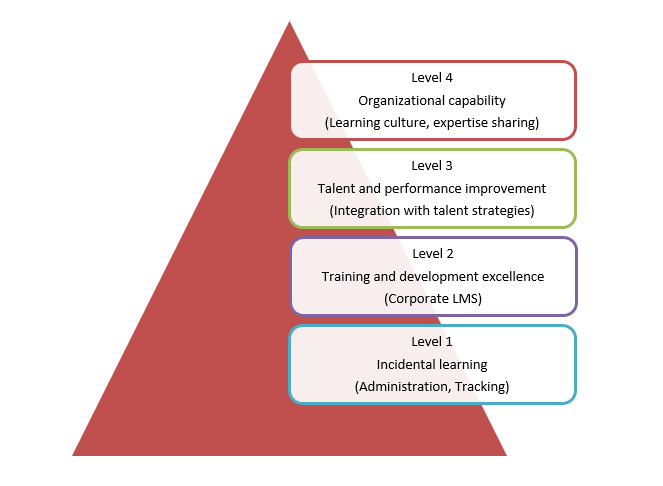INTRODUCTION
A learning organization encourages personal mastery. It cultivates open feedback to see problems and opportunities on all levels. Also, learning organizations provide employee retention strategies.
One of the popular learning organizations is Netflix. It continuously focus on improvement. If you are not part of improving Netflix, the company will let you go. And, it is part of a learning organization. Similarly, another example of a learning organization is Google. Google is unique because it is exploring big bets. Also, it does things that are part of a learning organization. For instance, Google figures out whether you should pick a simple option that has good returns versus one that has uncertain returns.
Learning organizations steal best practices. Picasso said, “Good artists borrow, great artists steal.” Learning organizations:
- study others
- steal best practices
- implement them
For instance, the newspaper, The Economists, took advice from George Orwell. Its editors never use jargon if every day English works. Similarly, printing manufacturers stole the razor-and-blades business model from Gillette. They sell printers cheaply but ink expensive.
Learning organizations create an environment where its core aspect is not centered on a particular product or service. But, it is centered on the ability to learn. So, it is built into the culture. The culture of the learning organization allows you to remain competitive, to compete against other organizations, and survive in the long run.
IMPORTANCE OF LEARNING ORGANIZATION
- Learning organizations cherish an open culture.
Learning organizations encourage everyone
- to share information
- admit to mistakes
- practice giving and taking constructive criticism
Once they find the problem, they try to understand its root cause and fix it. To achieve such a culture, employees remove walls, share information, and leaders show their human sides.
- Learning design and implement feedback loops.
Some learning organizations establish 360 degrees surveys. In the surveys, people assess
- themselves
- their peers
- their bosses
For instance, employees at 5-star hotels ask guests for their opinions. Similarly, top schools may videotape teachers so they can later study themselves.
- Learning organizations plan for fast failure.
When learning organizations build something new, they do not spend time to make assumptions on paper. Instead, they develop a prototype. Then, they present it to users as early as possible to test what they think. Because it is just a prototype, even friends give their honest opinions. The goal is to fail fast but collect information so you can improve while going ahead.
- Learning organizations cultivate a similar vision.
A learning organization prospers when all members share a similar vision. That way, employees
- can understand their role
- connect the dots
- develop systems thinking
When goals are clear, they can reduce regulations. And, people can create their benchmarks of success. It reduces bureaucracy, authority, and corruption.
- Learning organizations promote personal mastery.
In an organization, an accountant might come on how to save bank fees. Similarly, an IT officer might know how to develop programs efficiently. The job of the boss is to connect all experts and give directions.
LEVELS OF LEARNING ORGANIZATION
In short, there are four levels of learning organization. They are:
- Level 1: Incidental learning
- Level 2: Training and development excellence
- Level 3: Talent and performance improvement
- Level 4: Organizational capability

LIMITATIONS OF LEARNING ORGANIZATION
It is hard to figure out causal mechanisms of what is going on in a learning organization. So, you might not figure out what to do. Also, you might learn the wrong lessons because you don’t understand the causal mechanisms.
In a learning organization, you are creating a culture that is kind of ruthless. It disregards humans. You focus on learning so much that you don’t necessarily care about having a culture of employee retention. That is one thing that you have to be careful.
Learning organizations do not celebrate failures and are too literal when something fails. In a learning organization, one of the ways that you improve is by removing things that don’t work very well. But, it can have a profound impact on the culture. Employees start not being comfortable with making mistakes or trying big things. They get risk-averse to a massive degree in the organization.
Some people are bad at understanding the differences between immediate rewards and long-term rewards. Most companies are myopic, and they do not focus on long-term rewards. So, the concept of learning organizations does not cover such companies.







